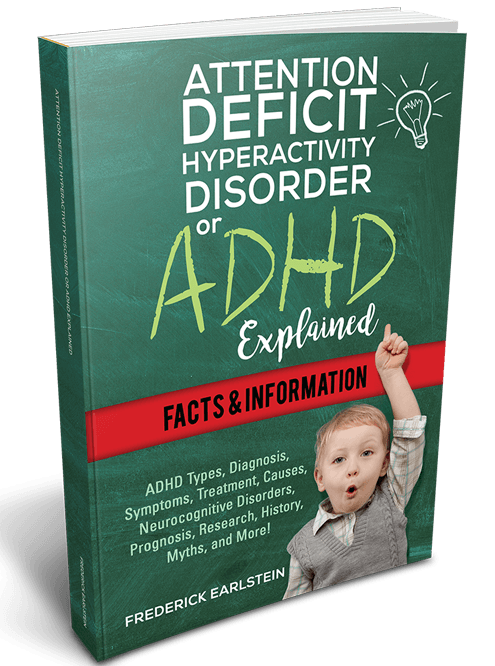TABLE OF CONTENTS
- Introduction 1
- Important Terms to Know 2
- Chapter One: What is ADHD? 5
- Defining ADHD 6
- Myths and Misconceptions about ADHD 7
- History of ADHD 14
- Chapter Two: Types of ADHD 21
- Different types of ADHD 23
- 1. Predominantly Inattentive 23
- 2. Predominantly Hyperactive-Impulsive 24
- 3. Combination 25
- Seven Types of ADHD by Dr. Daniel Amen 25
- 1. Classic ADD 27
- 2. Inattentive ADD 27
- 3. Overfocused ADD 27
- 4. Temporal Lobe ADD 28
- 5. Limbic ADD 28
- 6. Ring of Fire ADD 28
- 7. Anxious ADD 29
- Chapter Three: Causes of ADHD 31
- Brain Chemistry 32
- Genetics 33
- Environmental Factors 34
- Toxins in the Environment 34
- Prenatal Exposure 35
- Pregnancy Problems 35
- Brain Injuries, Trauma, Brain Tumors, Strokes, or Disease 35
- Disproved Causes of ADHD 36
- Chapter Four: Symptoms and Diagnosis of ADHD 39
- An Overview of the DSM-5 Medical Classification System for ADHD 41
- Symptoms of Inattention and/or Hyperactivity-Impulsivity 42
- Inattention 43
- Hyperactivity-Impulsivity 44
- Classification based on Severity 45
- 1. Mild 45
- 2. Moderate 45
- 3. Severe 46
- Associated Disorders 46
- Chapter Five: Treatment and Management of ADHD 51
- Medication 52
- Stimulant Medication 53
- Non-Stimulant Medication 55
- Antidepressants 55
- Behavioral Therapy or Behavioral Modification 56
- Social Skills Training 57
- Supporting Therapy in the Home Environment 58
- Chapter Six: Alternative or Supportive Treatments for ADHD 61
- Some Alternative Ways of Helping a Child Cope with ADHD 63
- Exercise and spending time outdoors 63
- Regular quality sleep 64
- Good Nutrition 65
- Techniques for Managing ADHD Symptoms for Adults 66
- Chapter Seven: The Future of ADHD 71
- A New Understanding of ADHD through Brain Imaging 72
- Additional Research into ADHD 73
- Prognosis for ADHD 75
- Index 77
- Photo References 83
- References 85


